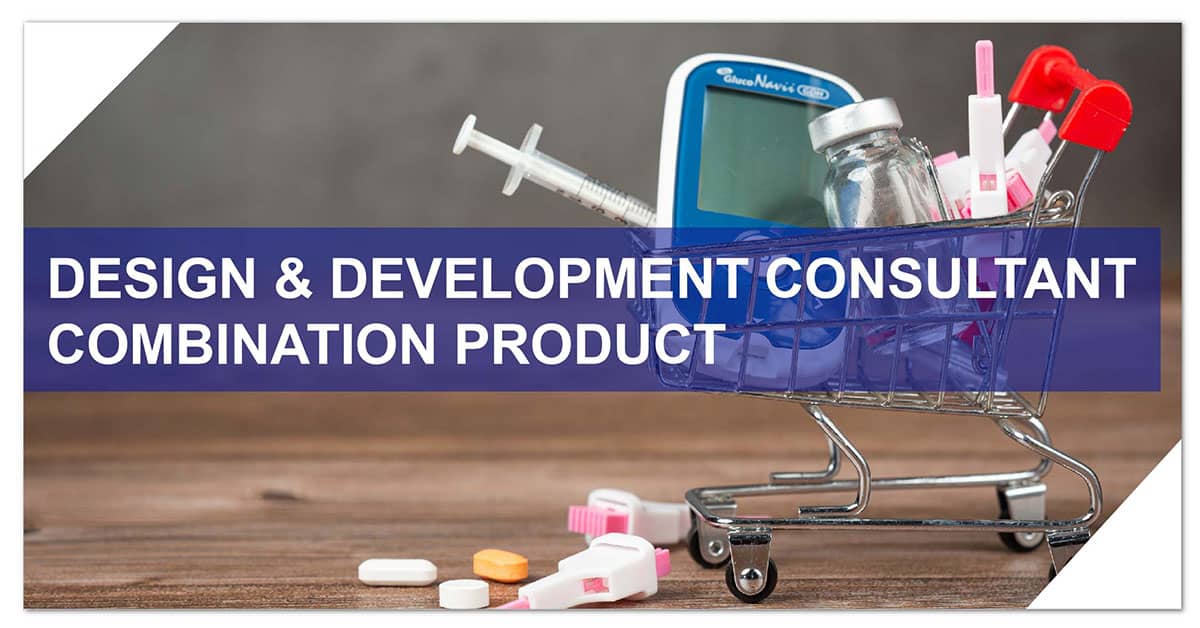Drug Device Combination Product Consultant in USA
Streamline Regulatory Compliance & Product Development with Experts at Operon Strategist
Developing a drug-device combination product? At Operon Strategist, we help you navigate complex FDA regulations, design controls, and quality management systems (QMS) to bring your product to market with speed and confidence.
From pre-filled injectors to drug-eluting implants, our team ensures full compliance with 21 CFR Part 210/211, 820, Part 4, and ISO 13485:2016 standards.
What Are Drug-Device Combination Products?
A combination product integrates a drug, device, or biologic, or a mix of these components. These hybrid products are common in modern healthcare and require a multi-disciplinary regulatory approach.
Examples:
- Drug-eluting stents (DES)
- Inhalers pre-assembled with medication
- Single-use injectors
- Implants with drug-releasing functions
The FDA defines combination products under 21 CFR and enforces compliance via 21 CFR Part 4, which bridges drug and device regulatory frameworks.
Looking for a Drug Device Combination Product Consultation?
What is Combination Products Project Development Process & Design Control?
The pharmaceutical companies manufacturing combination products are required to adhere to specific regulations such as 21 CFR Part 210, 211, and 21 CFR Part 820 for their manufacturing facilities. Upon completion of the design phases, a Design History File (DHF) is compiled, which must be made available during audits. The Device Master Record (DMR) is derived from the DHF for regular use and technology transfer purposes. The criteria outlined in the DMR serve as the basis for creating the Device History Record (DHR) to showcase routine production and compliance.
In accordance with ISO 13485:2016 requirements, a medical device file should be established. The complexity of the design process is contingent upon the complexity of the product and its intended use. Design control plays a critical role in the Quality Management System. Our team diligently works towards implementing a robust QMS for manufacturers in the USA, ensuring compliance with these stringent standards.
Get Medical Device Project Management Consulting Services
Integral and Non-Integral DDCs
- Integral DDCs
These are fully integrated systems where the drug and device are inseparable and designed for specific use.
Examples:- Single-use pre-filled syringes and injectors.
- Drug-eluting implants.
- Inhalers pre-assembled with medication.
- Non-Integral DDCs
These include separate components that can be co-packaged or referenced for use.
Examples:- Refillable pens and injectors.
- Oral syringes and measuring cups.
- Reusable dry powder inhalers.
Examples of Medical Devices in Integral DDCs Are:
- Devices for delivery to the site of action e.g. the dropper on the top of the container with eye drops and the mouthpiece on the top of spray cans for throat sprays.
- Single-dose pre-filled syringes, pens and injectors.
- Multi-dose pens and injectors containing a pre-filled cartridge where the cartridge cannot be replaced, and the pen is not designed for subsequent use with a new cartridge.
- Drug-releasing intra-uterine devices; pre-assembled, non-reusable applicators for vaginal tablets.
- Dry powder inhalers are assembled with the medicinal component and ready for use with single or multiple doses but cannot be refilled when all doses are taken.
- Implants containing medicinal products whose primary purpose is to release the medicinal product.
Examples of Medical Devices in Non-Integral DDCs Are:
- Oral administration devices (e.g. cups, spoons, syringes)
- Injection needles and filter needles
- Refillable pens and injectors (e.g. using cartridges).
- Reusable dry powder inhalers; spacers for inhalation sprays
- Pumps for medicinal product delivery
- Electronic tablet dispensers
What is CAPA Management For Combination Products?
The administration of Corrective and Preventive Action (CAPA) guarantees that combination products fulfill strict standards for:
- User Requirements: Talking about intended use.
- Details: meeting legal and design requirements.
- Manufacturing Reliability: Producing Ensuring consistent output and performance is known as reliability.
- CAPA Management Steps: Create design control protocols.
- Create thorough project plans for design.
- Determine the high-level requirements and design inputs.
- Use testing and inspection to confirm design outcomes.
- Verify sure the gadget satisfies the needs of the user.
- Throughout development, monitor and record design modifications.
Need expert guidance? Contact us today and schedule a consultation.
Why Choose an Operon Strategist?
As a trusted consultant in the USA, Operon Strategist assists companies with:
- Regulatory compliance for combination products under 21 CFR 210/211, 820, and Part 4.
- Developing and implementing robust QMS for seamless product development.
- Supporting manufacturers in maintaining comprehensive documentation, including DHF, DMR, and DHR.
- Providing expertise in design control, validation, and GMP requirements.
With extensive experience across drug and device components, Operon Strategist ensures smooth regulatory navigation, cost-effective solutions, and timely project execution for drug-device combination products.
For expert consultation tailored to your needs, partner with Operon Strategist to streamline your product development process and achieve compliance with confidence.
FAQs
What are combination medical devices examples?
Examples of combination products include prefilled syringes, pen injectors, auto-injectors, inhalers, transdermal pumps and patches, and kits containing drug administration devices or components
What are the types of combination products?
combination products are classified into three main types:
1. single-entity
2. co-packaged
3. cross-labeled

